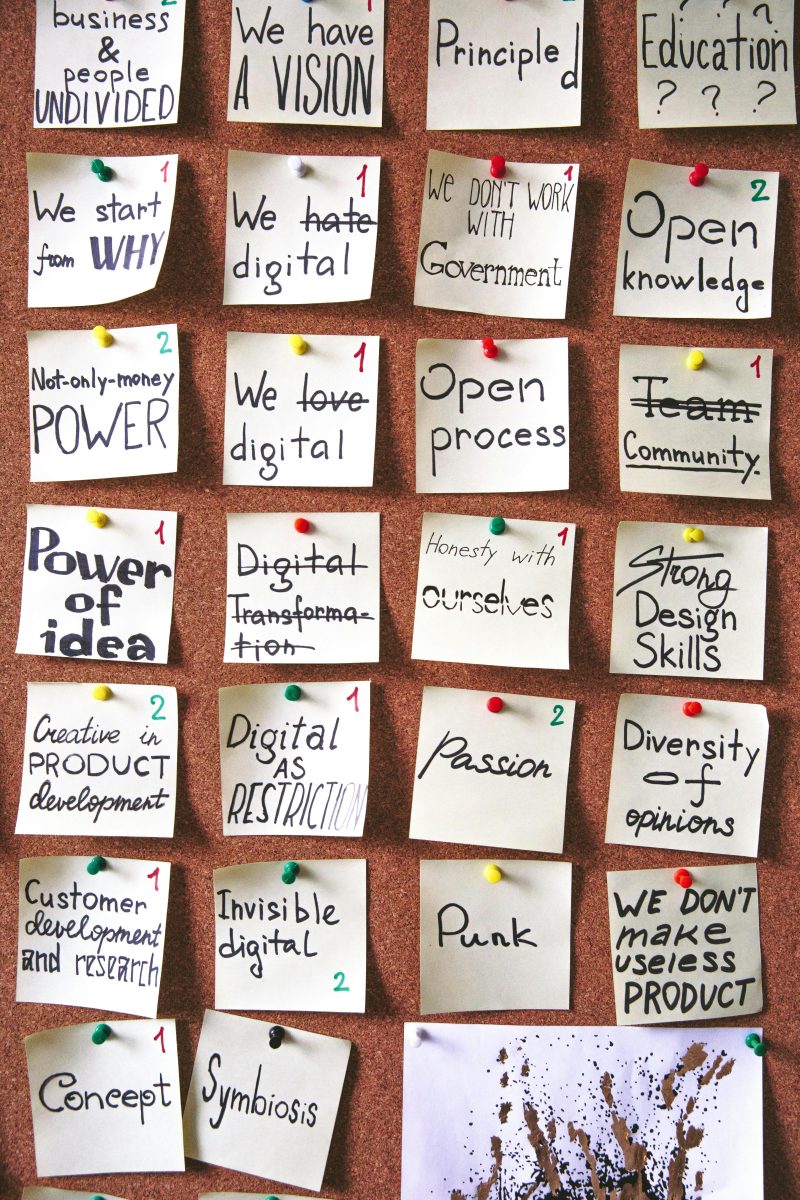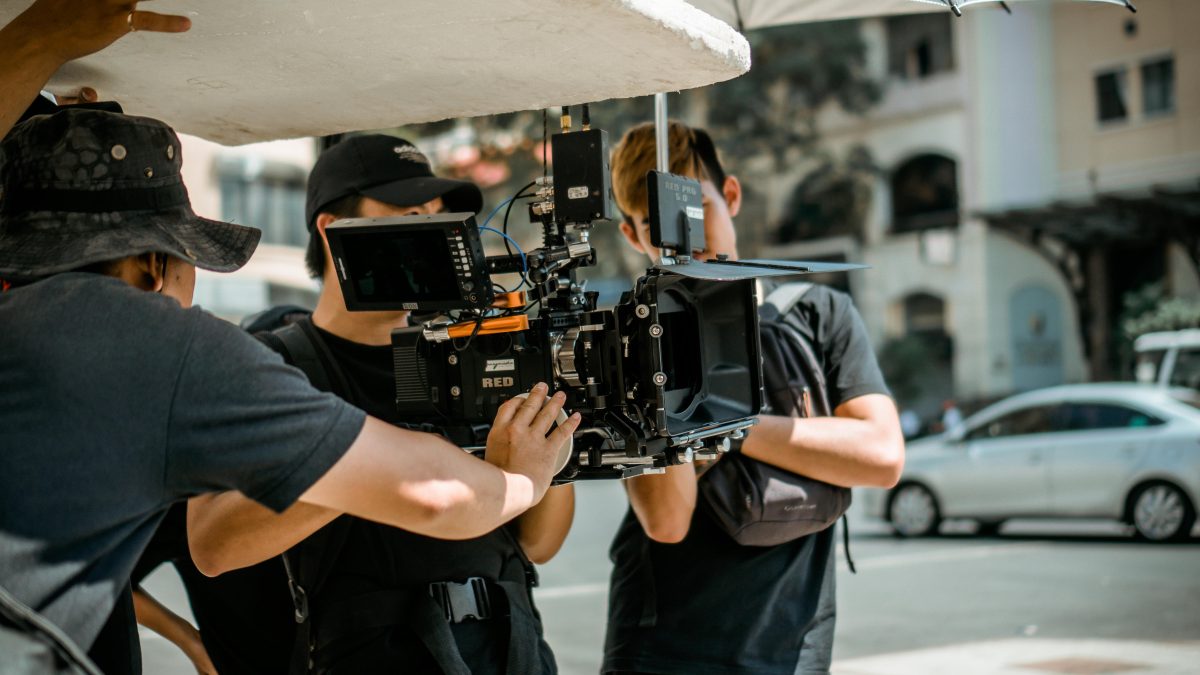Last Updated on: 14th July 2024, 10:55 am
Understanding the Triathlon: Distances and Disciplines

A triathlon is a multi-discipline endurance event that challenges participants to compete in swimming, cycling, and running, in that order. Each segment tests different aspects of an athlete’s stamina, speed, and transition skills. The beauty of this sport lies in its variety, offering something for everyone, from beginners to seasoned professionals.
Triathlons come in several distances, catering to a wide range of fitness levels and goals:-
- Sprint distance: A 750m swim, a 20km bike ride, and a 5km run. Perfect for those new to the sport.
- Olympic distance: A 1.5km swim, 40km cycle, and 10km run. Recognized globally.
- Half Ironman: A 1.9km swim, a 90km bike ride, and a 21.1km run. For those seeking to push their limits further.
- Ironman: A 3.8km swim, a 180km cycle, and a marathon 42.2km run. Offers a grueling test of endurance.
Understanding the race you’re signing up for is crucial. Each distance demands specific preparation in terms of training, nutrition, and mental resilience. Knowing the details of your chosen race allows for targeted training, ensuring you’re not just ready but also confident at the starting line. Whether you’re aiming to complete your first Sprint or conquer the Ironman, a clear understanding of the triathlon’s distances and disciplines is your first step towards crossing that finish line.
Setting Realistic Goals

Embarking on the journey to complete your first triathlon is an exhilarating decision. It’s a commitment that demands not just physical endurance but also a strategic mindset, particularly when it comes to setting achievable goals. The importance of this step cannot be overstated. Realistic goals serve as the backbone of your training, guiding you through each phase with purpose and clarity.
To begin, assessing your current fitness level is paramount. This honest evaluation forms the foundation upon which your goals should be built. Whether it’s through a formal fitness assessment with a professional or a self-assessment based on recent physical activities, understanding where you stand is crucial. It allows you to set goals that are challenging yet attainable, ensuring a progression that is both motivating and rewarding.
Goals are the fuel that powers your training engine. They provide direction, helping you to focus your efforts on what’s most important. More than that, they offer milestones to celebrate along the way, keeping motivation high. As race day approaches, these goals evolve into a source of confidence, a reminder of the journey you’ve undertaken and the progress you’ve made.
Ultimately, the goals you set influence not just your training but also your performance on race day. They should inspire you, pushing you to reach beyond your current limits while remaining grounded in what’s realistically achievable. With each goal met, you’ll find yourself not only closer to the finish line but also transformed into a more disciplined and resilient athlete.
Creating a Training Plan

The FITT Principle
A balanced training plan is the cornerstone of triathlon preparation, embodying the FITT principle: frequency, intensity, time, and type. This framework ensures a comprehensive approach, targeting all aspects of fitness:
- Frequency: How often you train.
- Intensity: The vigor of each session.
- Time: The duration.
- Type: The kind of exercise.
Incorporating Disciplines
Triathlon demands proficiency in swimming, cycling, and running. Integrating all three disciplines into your training is non-negotiable. It not only enhances physical endurance but also prepares your body for the unique challenge of transitioning between sports. This holistic approach ensures a well-rounded athlete, ready to tackle the demands of race day.
Customizing Your Schedule
Life doesn’t pause for training. Creating a schedule that aligns with your lifestyle is crucial. Start by identifying your most available times, then gradually build your training around them. Flexibility is key; adjust as needed to maintain a healthy balance between training, work, and personal life. Remember, consistency over perfection will lead you to your goals.
The Role of Rest and Recovery
Rest and recovery are not mere afterthoughts; they are integral to your training plan. These periods allow your body to heal, preventing burnout and injuries. Incorporating rest days and focusing on recovery techniques, such as proper nutrition and hydration, ensures you return to training stronger. Listen to your body, giving it the time it needs to recover fully, and you’ll find your performance steadily improving.
Gear and Equipment Essentials

Embarking on a triathlon journey requires more than just determination; it demands the right gear. Essential equipment for swimming, cycling, and running forms the backbone of your performance. Each discipline has its unique requirements, from the sleekness of a wetsuit to the precision of a bike and the comfort of running shoes.
Choosing the right triathlon suit is pivotal. It should offer a snug fit, reducing drag in water and air, yet allow for comfortable breathing and movement. For cycling, a bike that matches your body geometry enhances efficiency and reduces the risk of injury. Running shoes should be selected based on your gait, offering support where it’s needed most.
Investing in quality gear can significantly affect your performance. High-quality materials and design improve durability, comfort, and efficiency, allowing you to focus on the race rather than discomfort or equipment failure.
Additional gear recommendations include:
- Wetsuits for open water swimming, providing buoyancy and warmth.
- Goggles that offer clear vision and comfort.
- Bike accessories like aerodynamic helmets and puncture-resistant tires to enhance safety and performance.
Remember, the right gear not only supports your physical efforts but also boosts your confidence, setting you up for success. As you prepare for your first triathlon, consider these essentials not as mere tools, but as partners in your journey to the finish line.
Nutrition and Hydration Strategies

The role of nutrition and hydration in training and race performance cannot be overstated. Proper fueling before, during, and after training is crucial for maximizing your efforts and achieving your goals. As you embark on your triathlon journey, understanding these principles will be key to not just finishing, but thriving.
Basic Nutrition Guidelines for Triathletes
Before training, focus on consuming a balanced meal rich in carbohydrates and proteins to fuel your body. This meal should be eaten 2-3 hours before your workout to ensure optimal digestion and energy availability.
During training, especially in longer sessions, replenishing your energy with small, carbohydrate-rich snacks or drinks is vital. This helps maintain blood sugar levels and delays fatigue.
After training, the focus shifts to recovery. Consuming a mix of carbohydrates and proteins within 30 minutes post-exercise aids in muscle repair and replenishes energy stores, preparing your body for the next session.
Hydration Strategies to Prevent Dehydration
Hydration is equally critical. Dehydration can significantly impair performance and recovery. Start your training well-hydrated and aim to drink regularly throughout. The goal is to replace fluids lost through sweat, which varies among individuals. Therefore, understanding your sweat rate can be beneficial.
Electrolyte replacement is also essential, especially during longer or hotter sessions. Sports drinks can be effective, providing both the necessary electrolytes and carbohydrates for energy.
Tips for Practicing Nutrition and Hydration During Training
Practicing your nutrition and hydration strategy during training is crucial. It allows you to refine what works best for your body, ensuring no surprises on race day. Experiment with different foods and hydration options during your long training days to see what sits well with your stomach and what provides the best energy.
Remember, consistency is key. Regularly practicing these strategies will make them second nature, allowing you to focus on your performance rather than worrying about your fueling plan. With the right nutrition and hydration approach, you’ll be well on your way to a successful first triathlon.
Mental Preparation and Race Day Strategy

Mental toughness in triathlon is as critical as physical strength. It’s the armor you wear against the challenges of endurance racing. Building mental resilience involves setting small, achievable targets during training, which bolsters confidence and fortitude. Staying motivated can be as simple as reminding yourself why you started or as structured as maintaining a training log to visualize progress.
Planning your race day strategy is a delicate balance of pacing, mastering transitions, and being adaptable. Pacing is about knowing your body’s limits and strategically expending energy to maintain a consistent effort throughout. Smooth transitions can shave precious seconds off your time, so practice them. When unexpected issues arise, stay calm and adapt; flexibility can be the difference between floundering and flourishing.
- Pre-race nerves are natural, but managing them is essential. Techniques like deep breathing, visualization, or a warm-up routine can help maintain focus.
- On race day, channel nervous energy into performance, keeping your mind on the present moment and the task at hand.
Remember, triathlon is as much a mental test as it is physical. Prepare your mind, and your body will follow. With a solid strategy and a resilient mindset, you’re not just ready for the race—you’re ready to excel.
Post-Race Recovery and Reflection

After the exhilaration of crossing the finish line, proper recovery becomes your next priority. This phase is crucial, allowing your body to heal and your mind to absorb the experience. A thoughtful recovery strategy can significantly enhance your overall triathlon journey.
Physical Recovery Tips
- Nutrition plays a pivotal role in recovery. Consuming a balanced mix of proteins and carbohydrates soon after the race replenishes energy stores and aids in muscle repair.
- Hydration is equally important; replacing lost fluids stabilizes your system, speeding up the recovery process.
- Rest is your body’s ally, providing the time needed for deep recovery and muscle rebuilding.
- Gentle movement, such as walking or light stretching, can also facilitate blood flow, helping to ease stiffness and promote healing.
Reflecting on Your Performance
Reflection is a powerful tool. Assessing your race performance, both the highs and lows, offers invaluable insights. Celebrate your achievements, no matter how small, and identify areas for improvement. Setting future goals based on this reflection keeps your motivation burning, propelling you towards your next challenge.
The Role of Feedback
- Seeking feedback, whether from coaches, fellow athletes, or personal observation, is fundamental. It provides a different perspective, highlighting aspects you might overlook.
- Constructive feedback pinpoints specific areas for improvement, refining your training approach for future races.
Embracing the post-race phase with thoughtful recovery, reflection, and openness to feedback not only prepares you for future competitions but also enriches your triathlon experience. It’s a time to heal, learn, and grow, setting the stage for even greater achievements ahead.
In Closing
Triathlon transforms ambition into achievement. It’s a journey of self-discovery, pushing beyond limits with every stroke, pedal, and step. This multifaceted challenge demands not just physical readiness but a harmonious blend of strategic planning, mental resilience, and the right gear, all aimed at crossing the finish line. From setting realistic goals to mastering nutrition and embracing the mental game, each aspect prepares you for the rigors and rewards of race day. As you reflect on your first triathlon, let it be a stepping stone to further endurance adventures, a testament to your strength, and an invitation to continue exploring your potential.
How to Prepare for Your First Triathlon FAQs
Incorporate strength training and flexibility exercises into your routine to build muscle and reduce the risk of injury. Pay attention to your body’s signals and allow for adequate rest and recovery, especially after intense workouts. Proper technique in all three disciplines, along with the right gear, such as shoes that fit well, can also minimize injury risk.
Look for a beginner-friendly triathlon, which might feature shorter distances, a pool swim instead of open water, or a flat bike and run course. Research the event’s support, such as water stations and medical assistance, and read reviews from past participants. Considering the location, time of year, and logistical aspects like travel and accommodation can also influence your decision.
Start by practicing in open water before the race, gradually increasing the time and distance to build confidence. Swimming with a group can provide a sense of security and help you get used to being in close proximity to other swimmers. Focus on steady, calm breathing and have a plan for sighting and navigation to keep yourself oriented and reduce anxiety.
Practice your transitions during training to minimize time spent switching between swimming, biking, and running. Lay out your gear in a logical order at your transition spot, making it easy to access what you need quickly. Rehearsing the sequence of actions you’ll take, such as removing your wetsuit, putting on your helmet, and changing shoes, can save valuable time during the race.
Start by establishing a consistent training schedule that includes swimming, cycling, and running each week. Focus on gradually increasing your distance and intensity in each sport to build endurance and strength. Incorporating brick workouts, which combine two disciplines back-to-back, will help your body adapt to the transitions between sports.
Develop a positive mindset and break the race down into manageable segments, focusing on one discipline at a time. Visualization techniques, where you imagine yourself successfully navigating each part of the race, can boost confidence. During tough moments, rely on motivational mantras or recall your training accomplishments to keep pushing forward.
You will need a swimsuit, goggles, a road or triathlon bike, a helmet, running shoes, and a race outfit that can be used for all three segments. Investing in a wetsuit for the swim can provide buoyancy and warmth in colder waters. Transition gear such as a race belt, sunglasses, and a quick-drying towel can also enhance your experience.
Familiarize yourself with the race course and conditions, and set realistic goals for each segment of the triathlon. Plan your transitions carefully, deciding in advance what gear you will change and what you will eat or drink. Pacing yourself according to your training and not getting caught up in the excitement and going too fast too early are key to a successful race day.
Taper your training to allow your body to rest and recover, focusing on light workouts and stretching. Check your equipment to ensure everything is in good working order and gather all the items you’ll need on race day. Stay hydrated, eat well, and try to get plenty of sleep to arrive at the start line feeling refreshed and ready.
A balanced diet rich in carbohydrates, proteins, and healthy fats is essential for fueling your training. Carbohydrates are particularly important for endurance activities, so include plenty of whole grains, fruits, and vegetables in your meals. Stay hydrated and consider using energy gels or chews during longer training sessions for quick energy.
Orlando is a all round athlete from Australia, now resident in Germany. His sports of passion of American Football(Offensive line), weight training and indoor rock climbing where he uses his 195cm wing span to his advantage.



